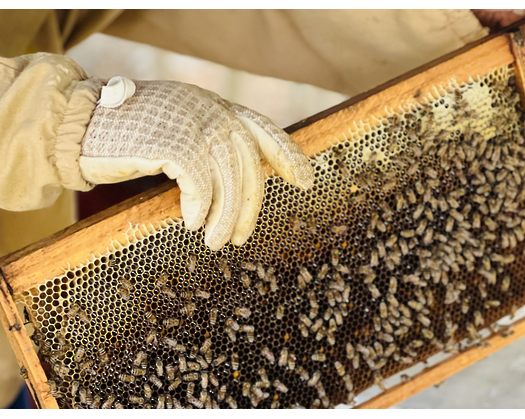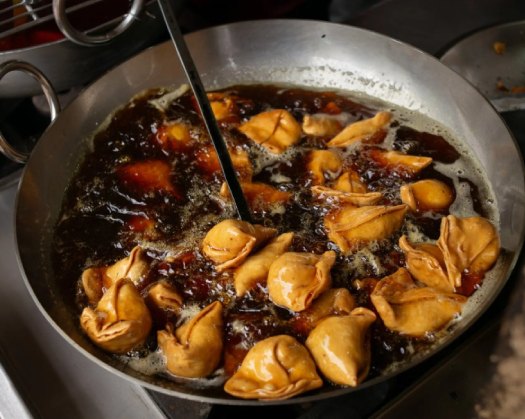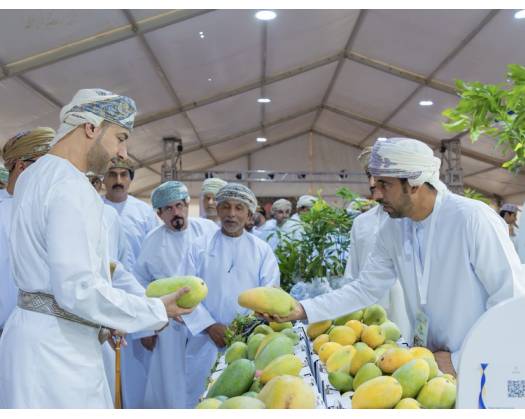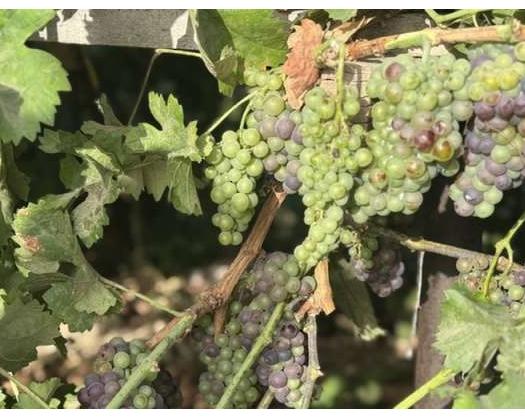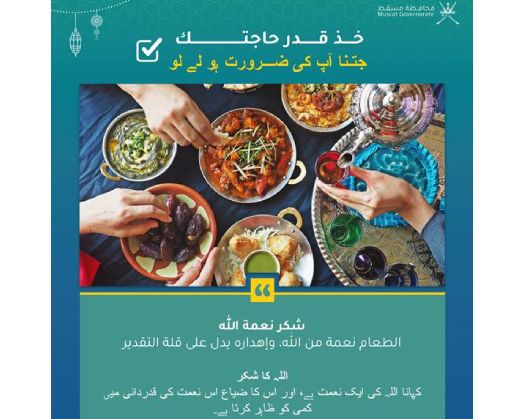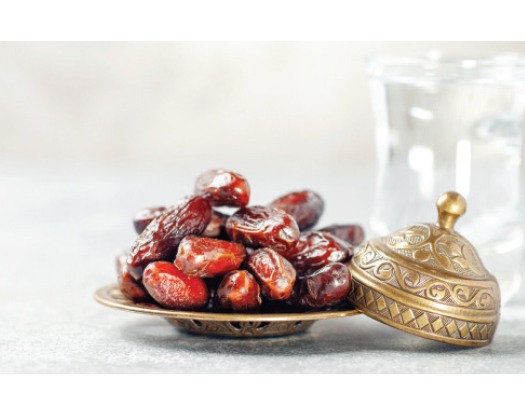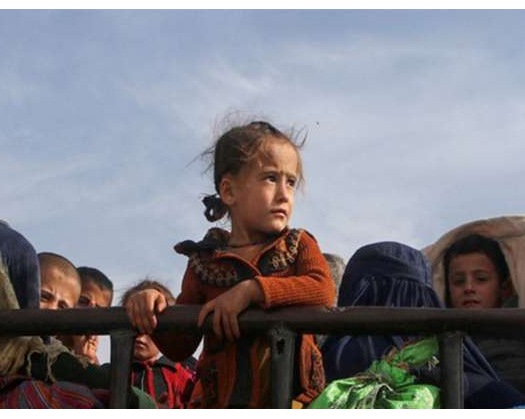The production of Samar honey in the Wilayat of Mahdha in Al Buraimi Governorate for the year 2024 exceeded 5 tonnes.
According to statistics from the General Directorate of Agriculture and Water Resources, there are 45 beekeepers in the Wilayat of Mahdha, with a total of 2,985 beehives.
Engineer Mohammed bin Salem bin Obaid Al Kaabi, Director of the Department of Agriculture and Water Resources in the Wilayat of Mahdha, highlighted that honey beekeeping is a traditional profession in Oman and a significant source of income for many families in Al Buraimi Governorate. It plays a crucial role in meeting the local demand for Omani honey and exporting the surplus.
Al Kaabi noted that the recent heavy rainfall in the wilayats of Al Buraimi Governorate has impacted the vegetation cover, causing a delay in honey harvesting this year.
In the Wilayat of Mahdha, there are two types of honey bees - the locally known "Abu Twaiq" bees that reside in mountain caves and are known for their high quality and price, and the "Mustanas" bees that are smaller in size, yellow in color, and raised using modern methods in wooden hives. The "Mustanas" bees are efficient in collecting nectar and pollen, resistant to pests and diseases, and can withstand various weather conditions.
Al Kaabi highlighted that the Department of Agriculture and Water Resources in the Wilayat of Mahdha offers essential assistance to beekeepers through technical guidance, as well as supplying necessary equipment and resources for beekeeping activities. Moreover, they conduct various awareness campaigns, workshops, and presentations to educate beekeepers on proper techniques for breeding and expanding Omani bees, along with producing informative guidebooks promoting sustainable beekeeping practices.

